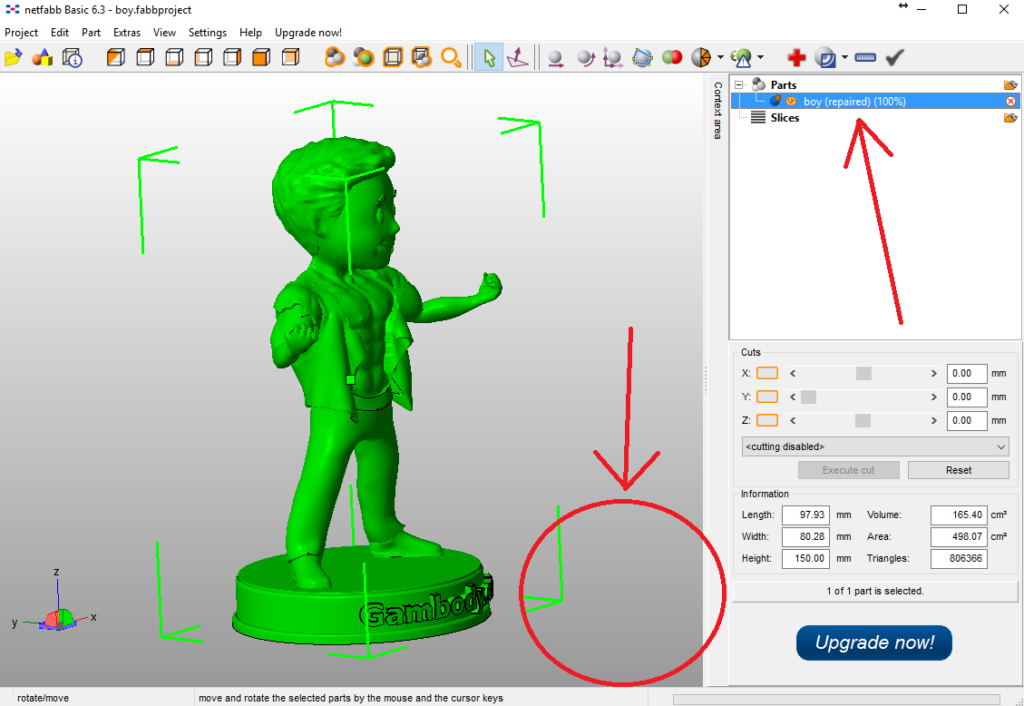
There is also bioprinting of physiologically relevant tissues for pharmaceutical research and development therapy of cancer treatment. In the field of bioprinting, the printing of living cells, including vascularized tissues, skin, bones, and cartilages is the most widespread. In the application of living cells printing, the main issue is that the structure of the majority of human organs is often vascularized and consists of different tissues.Ī full description of research and manufacturing fields of bioprinting is illustrated in Figure 1. The printing of multi-material or heterogeneous structures is the main issue in bioprinting nowadays. Printing of living cells includes printing of tissues or whole organs for purposes of medicine, for example, for surgery, pharmaceutical research and tests, transplantation, and others. There are two research fields of bioprinting in a broad sense: Printing of living cells and printing for purposes of a living organism. There is a need to develop a new application area such as computer science for bioprinting which can contribute significantly in future research work.

A shortage of specialized suitable software tools is revealed. The primary factor for the analysis is suitability of the software for heterogeneous volume modeling and bioprinting or multimaterial three-dimensional printing due to the commonality of these technologies. Different geometry representations are considered, and their advantages and disadvantages are considered applicable to heterogeneous volume modeling and bioprinting.

Software tools are classified based on control tools, general computer-aided design (CAD) tools, tools to convert medical data to CAD formats, and a few highly specialized research-project tools. Related articles on this topic were analyzed. The sub-objective was to consider different approaches for the model creation using these software tools.

The primary objective of this review is to consider various software tools that are used in bioprinting and to reveal their capabilities. To reach the complexity of such organs, there is a need for highly specialized software that will meet all requirements such as accuracy, complexity, and others. The bioprinting of heterogeneous organs is a crucial issue.


 0 kommentar(er)
0 kommentar(er)
